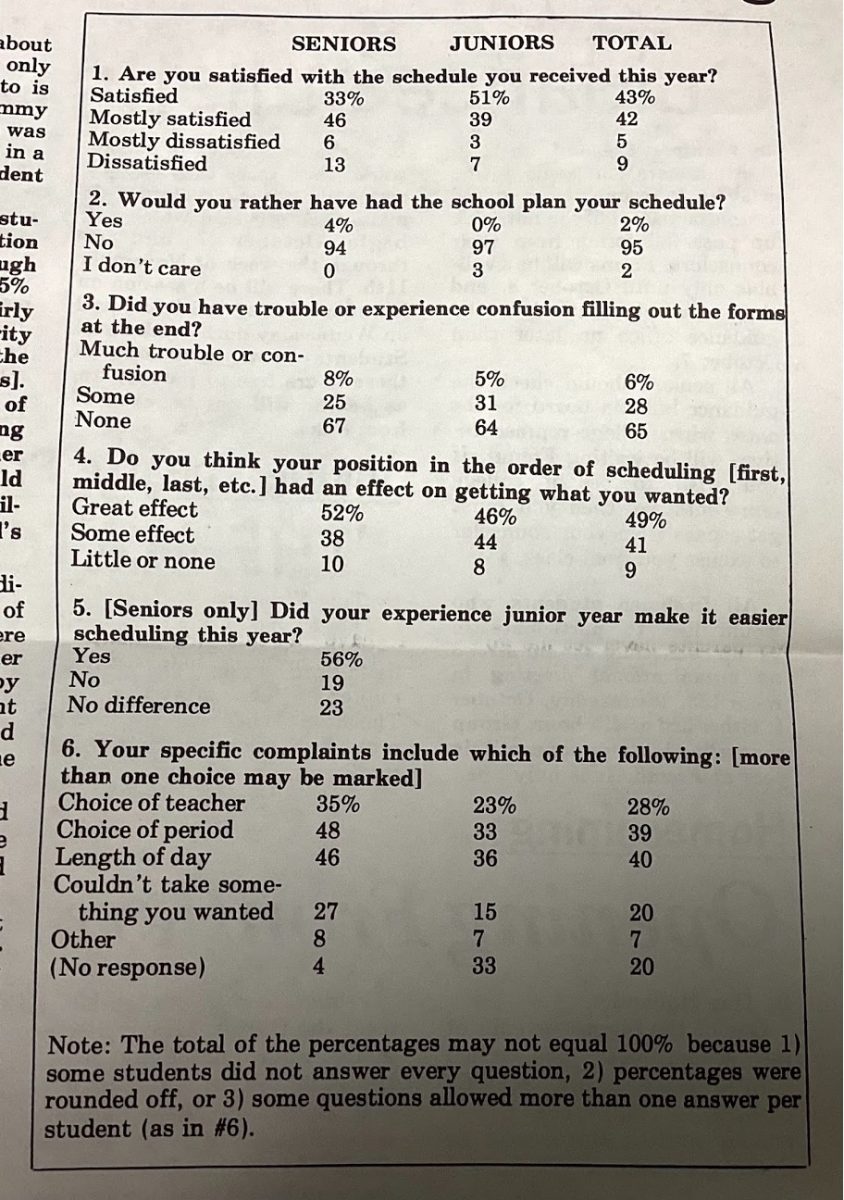In a dramatic escalation of tensions in the Middle East, a series of attacks rocked the Red Sea on Sunday, Dec. 3, 2023. A U.S. Navy destroyer, the USS Carney, was targeted by drones while missiles struck three commercial vessels.
The incident began when the USS Carney detected and successfully intercepted three drone attacks. The Houthis, an Iranian-backed rebel group in Yemen, claimed responsibility for two attacks against the commercial ships but had no comment on the Navy ship.
Meanwhile, the three commercial ships weren’t so fortunate. A ballistic missile targeting a Bahamas flagged bulk carrier narrowly missed its mark, exploding nearby. Two Panamanian flagged bulk carrier tankers were also struck by rockets, causing minor damage but raising concerns about the safety and security of vital shipping routes in the Red Sea.
These attacks mark a significant development in the ongoing conflict in the region, particularly between the U.S. and Iran. The Red Sea serves as a critical artery for global trade, and trade disruptions caused by such attacks could have far-reaching economic consequences.
In response, the U.S. has condemned the attacks and vowed to take all necessary measures to protect its regional interests and allies. The international community, including France, Germany, and Saudi Arabia, have also expressed strong disapproval and want to eliminate this threat in order for free navigation to continue in the Red Sea.
The U.S. has created the Combined Maritime Forces (CMF) unit, which has over 39 nations in it. Its goal is stated to “promote security, stability, and prosperity across approximately 3.2 million square miles of international waters, encompassing some of the world’s most important shipping lanes.” These waters include the Red Sea, the Gulf of Aden, and the Persian Gulf, all of which encompass the entrance into the Mediterranean.
Although the USS Carney remains operational and investigations into the attacks continue, the situation remains volatile. The recent flare-up in Gaza with the Israeli invasion further adds to the region’s instability, leaving the future of the Red Sea and the larger Middle East shrouded in uncertainty.
The coming weeks will determine whether the international community can successfully mediate a solution and prevent further escalation. Only time will tell what the long-term consequences of this incident will be, but one thing is certain: the Red Sea has become a new flashpoint in an already unstable region.






